Help me! I’m drowning! Scoping out your eLearning content development project
One of the difficulties many people find when starting to build eLearning projects is deciding where to start, and there are so many possibilities that you could find yourself drowning in a lake of content and data, with nothing to hang onto and no clear way to shore.
Like any expedition into unknown waters you need to plan and prepare before you set off, and even here at Cursim where our developers have years of experience in fields such as Instructional Design, Graphic Design, Content Development & Software Simulation we still plan each project out as things can still go wrong, even for the best of us.
So where to start your plan? What information do you need? What questions to ask? Let’s take a look at some of them:
What is your course? And what is it for?
This isn’t just the name of your course, or even a one or two line answer, it’s about working out the primary driver behind the course:
- Fill a knowledge or skill gap
- Prevent a reoccurrence of an issue
- Change behavior
- Collect data
And your aims and objectives – both from a learning perspective and a strategic one – what is it we need our learners to do, what is going to be different in the lives and practice of participants when it’s all over? And how can we tell when the aims and objectives have been achieved?
Who is it for?
Also, while we’re talking ‘learners’, let’s think about who your course may be for. When you are asking yourself this your first answer may be EVERYONE but is that truly the case?
Let’s take a reasonably common example: any public sector organization in the UK is required by law to respond to information requests and disclose data under the Freedom of Information Act, so everyone who works there needs to know all about it. In theory, yes, but in practice different people need to know different things:
- Everyone needs to know how to respond to an initial request, and where to forward that request to for it to be processed
- Those who actually process the request – whether that be a dedicated team or nominated representatives in each department – need to know how to gather data and structure if for release, and also what may not be covered by the request
- Finally policy makers, data controllers and legal teams etc. will have different tasks to carry out and therefore need different information
So, yes that is EVERYONE, but there are ‘specific everyones’.
What do we already have?
Often eLearning courses are built from existing content or information. They can be used as a way to get training out to a larger group of people in a shorter space of time and potentially on a smaller budget. If this is the case, have we got this course already in another format? If so, why are we changing it? What didn’t work last time? What needs to be different this time? Is it time and budget, or have we tried this before unsuccessfully? If the last round was unsuccessful will rehashing it work now, or do we need a radical overhaul?
How do we know we’ve been successful?
What does success look like for our course? What do we use to measure learners success? Tests and assessments or course completion, or do we look at longer term effects such a reduction in accidents or complaints.
If we are looking at the ‘instant’ results of tests and completions, what constitutes sufficient and revealing evidence that the learner has been successful and how do we track it. Are we using a LMS or some other method?
Also, as well as a method to track results (completions & passes) you need a strategy to manage what happens if the learner fails – how many attempts does a learner get? Is the result a pre-requisite for something else or even a requirement of employment?
If we are looking at the longer term impacts, what ‘before’ data do we have so we can compare the ‘after’. Is the ‘before’ data up-to-date and accurate? How long will it take to gather the ‘after’ data to glean a useful comparison?
What will it look and feel like?
In eLearning your visual design can have a lot of impact, and it can definitely have a negative impact. I know that everyone has differing tastes, but your organization will likely have standards that you may need to meet, and you can use your visual design to enhance the learning. Things to consider:
- Color schemes
- Graphical elements
- Animation effects
- White space
- Fonts
- Voiceover
- Levels of interactivity
- Localized content
Ready to go?
Almost! Getting the answers to the questions may give you a lifejacket to help keep you afloat during the project, but should you get into difficulties your rescue may come in the form of documentation and sign off. Documenting decisions and opinions (or lack of them) is key because as you work through the project you could need to go back to reiterate or defend decisions made early on to stakeholders, testers and users (with evidence to back you up) so you can prevent yourself getting swamped by a whole new wave of problems.
Need some more guidance? Check out our blog “The ABCs of the eLearning Content Development Stages” to help get you on your way with your eLearning project development.





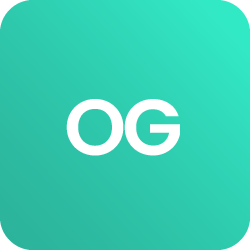



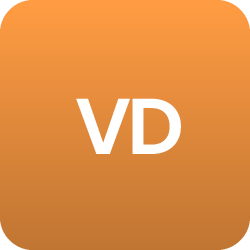


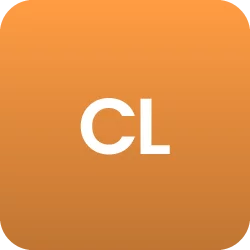
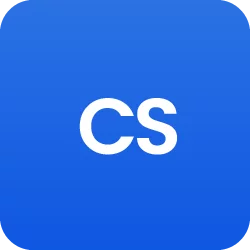
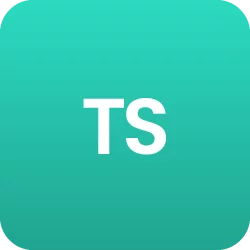
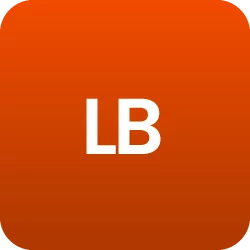

 BACK
BACK
